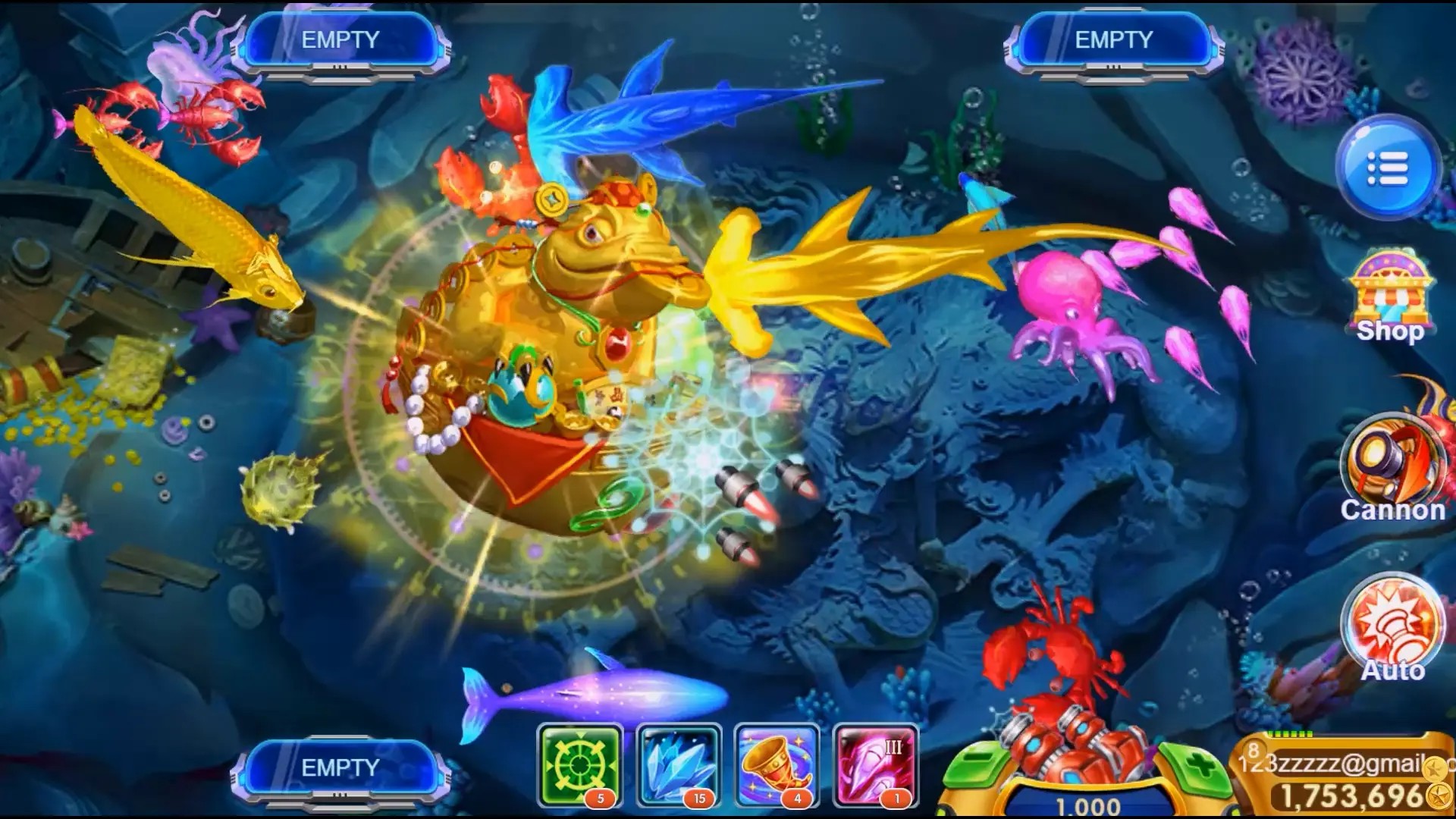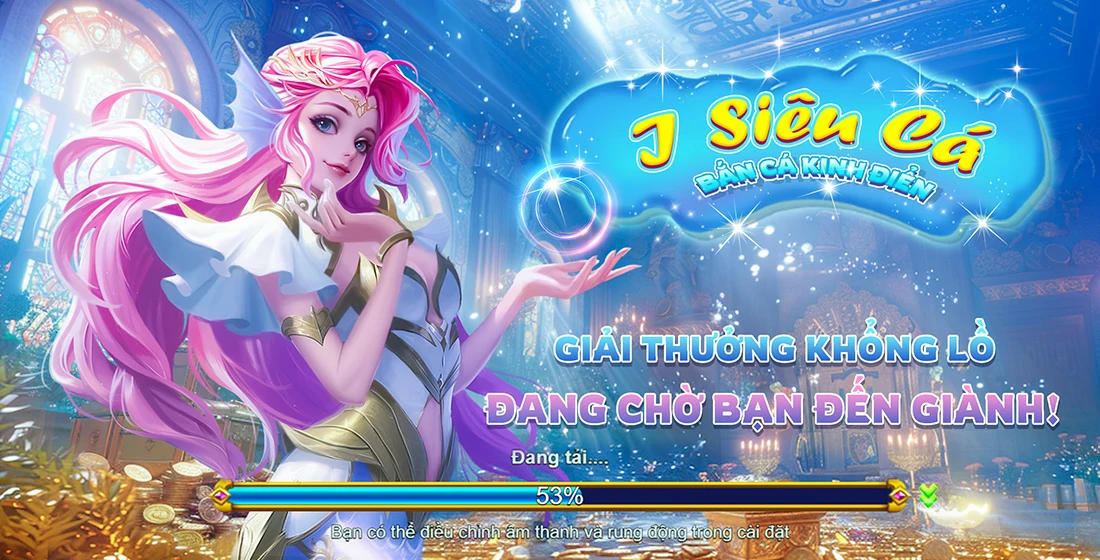From Classic to Cutting-Edge: The Evolution of Real-Time Strategy Games
The gaming world has undergone a tremendous transformation over the decades, with real-time strategy (RTS) games leading the charge in innovation. From the early days of basic graphics and simplistic gameplay to today's intricate, beautifully rendered experiences, this genre has evolved significantly. This article will explore the journey of RTS games, the impact of titles such as The Legend of Zelda: Tears of the Kingdom, and the broader implications of this evolution on the gaming ecosystem.
Understanding the Basics of RTS Games
At its core, a real-time strategy game is a game that requires players to make strategic decisions and manage resources in real-time. Unlike turn-based games, where players take turns to make moves, RTS games demand quick thinking and fast reflexes. They often involve building bases, gathering resources, and creating units to defeat an opponent or complete objectives.
Classic Titles: Setting the Standard
The early RTS games laid the groundwork for what was to come. Titles like Command & Conquer and Warcraft not only established mechanics but also built passionate communities. These games introduced players to complex strategies and promoted multiplayer competition long before the Internet became widespread.
- Command & Conquer - Introduced players to base-building and resource management.
- Warcraft series - Blended strategy with a rich storyline, drawing players into its fantasy world.
The Rise of 3D Graphics and More Depth
As technology advanced, so did the graphics and sophistication of RTS games. The shift from 2D to 3D graphics completely transformed the visual experience. Age of Empires III and StarCraft II set new benchmarks, showcasing what could be achieved with rich detail and layered gameplay mechanics.
| Game Title | Release Year | Key Innovations |
|---|---|---|
| Age of Empires III | 2005 | Advanced resource management mechanics |
| StarCraft II | 2010 | Refined gameplay and competitive balance |
Modern RTS: The Infusion of RPG Elements
In recent years, many RTS games have begun to incorporate RPG elements. This fusion allows for deeper character development and storytelling—features popularized by games like The Legend of Zelda: Tears of the Kingdom. Here, players are provided with various puzzles and challenges that require both strategic thinking and adaptive gameplay. The introduction of multiplayer platforms allows for real-time interaction and competition, further engaging the community and challenging players.
The Impact of Streaming and eSports
With the rise of platforms like Twitch, RTS games have also gained immense popularity in the eSports world. Competitions featuring games such as StarCraft II have attracted thousands of spectators and substantial cash prizes. This phenomenon has elevated the status of RTS games, making them household names in the gaming community.
Player Communities and Game Longevity
The community surrounding RTS games is known for its passionate players who contribute to the game’s longevity. Mods, fan sites, and forums are common, providing players with strategies, guides, and insights. For example, communities have developed various strategies for cleverly tackling the fourth shrine puzzle in Tears of the Kingdom. These collaborative efforts help keep the game fresh and engaging years after its release.
Conclusion: Looking Ahead
The evolution of real-time strategy games reflects broader trends in the gaming industry. As technology continues to advance, we can anticipate even more innovative mechanics and engaging narratives in RTS games. These changes not only enhance player experience but also ensure that this genre remains relevant and dynamic.
In summary, real-time strategy games have come a long way from their humble beginnings to sophisticated modern titles. Thanks to community engagement, competitive platforms, and continual technological advancements, the future of RTS is bright, promising even more thrilling and strategic gameplay experiences for generations to come.



